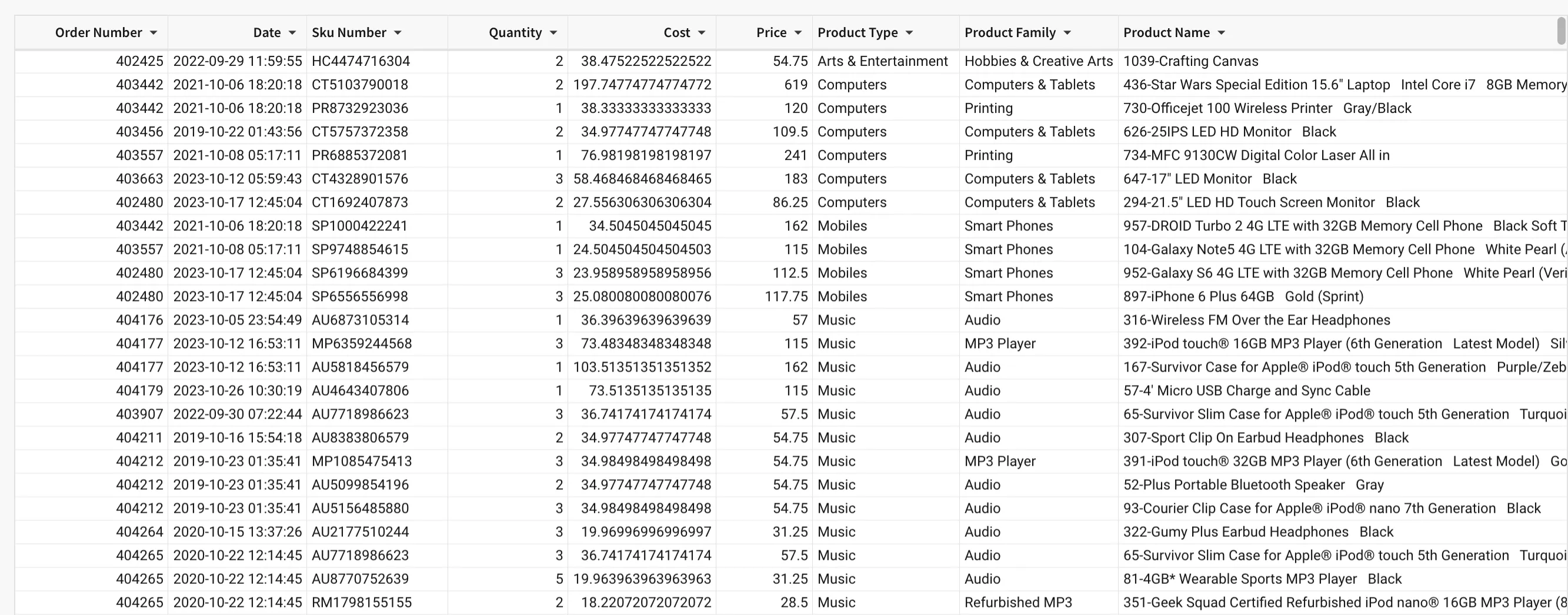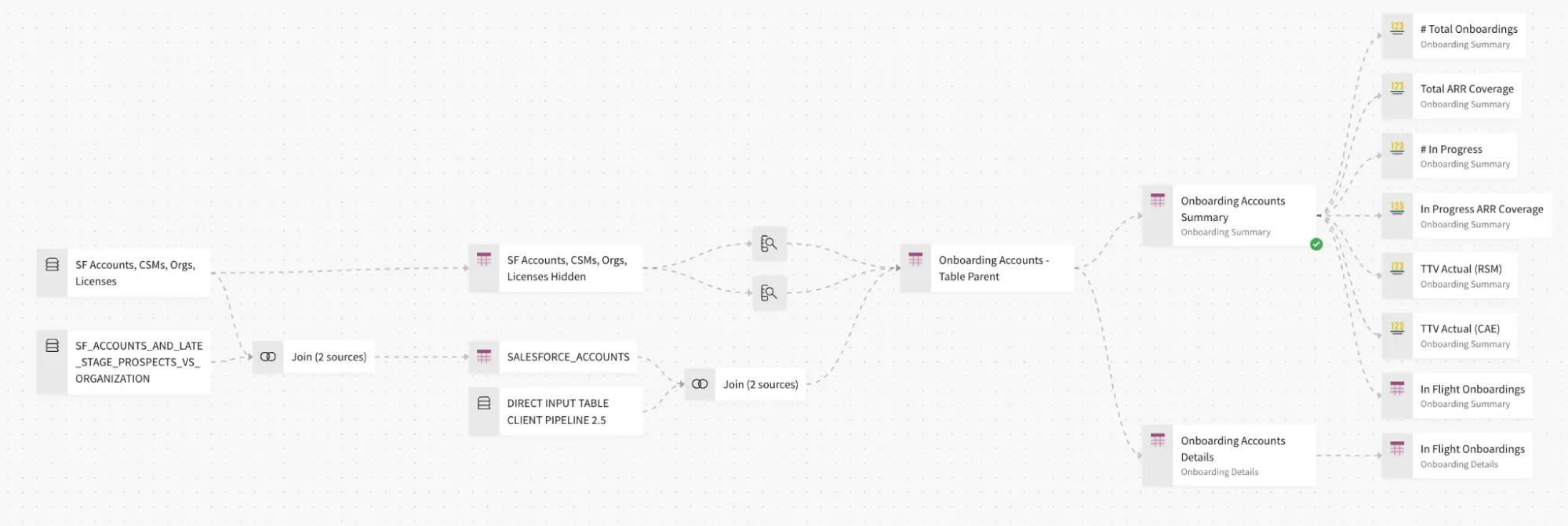Why a Tableau Visionary Joined Sigma
Table of Contents

Setting a new standard for workspaces that empower teams with data
Over the last 12 years, I've built my career around Tableau, even establishing a business to support its use. For the last 5 years I’ve been recognized as a Tableau Visionary (formerly known as Tableau Zen Master), a title given by the company itself to a very select few for their expertise around the technology.
So, the decision to transition to Sigma wasn't made lightly. It was a move shaped by personally observing how thousands of people interact with data.
In my experience, data-savvy individuals might utilize a SQL editor or Python for their needs. However, the majority in the working world retrieves its data from a BI platform, then exports it to a familiar environment: a spreadsheet. Or if they stay inside their BI tool, they just make a table.
This preference stems from a few factors: Spreadsheets are universally familiar, allowing for quick, ad-hoc tasks that don't require a permanent dashboard, but rather one-time analysis. Moreover, decision making in business often involves taking action on very granular data, an area where, ironically, traditional business intelligence tools fall short—where you have to specify the level-of-detail.
Sigma's “bottoms-up” approach to analytics caught my attention due to its ability to begin analysis at the most detailed level, then aggregate as needed. But it was all the other features that made all the difference.

Sigma transcends spreadsheets and dashboards: it's a comprehensive data workspace. I can conduct ad-hoc analyses on pertinent data and easily save and update these analyses without reconfiguration.
“Sigma transcends spreadsheets and dashboards: it's a comprehensive data workspace.”
Collaboration is also streamlined in Sigma. Multiple users can build within the same workbook simultaneously, with real-time visibility of data transformations.

Recurring metrics are effortlessly managed with Sigma's stylized KPIs, allowing for quick comparisons such as year-over-year or month-over-month in a few clicks. Logic can be saved and reused by anyone in a few clicks.
For more sophisticated needs like forecasting or scenario modeling, Sigma facilitates the creation of complex models with inputs that write back to the data warehouse, bypassing the need for intricate, complex setups. This feature is not available in practically all other business intelligence platforms.
From a technical standpoint, Sigma satisfies performance, scalability, and security demands. It eliminates extracts and leverages your data warehouse's scaling capabilities, ensuring efficient query performance.
“Switching to Sigma aligns with a future where data workspaces are versatile.”
Most importantly, Sigma's trajectory aligns with organizational needs—a versatile space for data action, collaboration, and sharing. As Sigma evolves, it promises to enhance productivity through automation, curation, or ad-hoc methods.
This narrative isn't merely about Sigma versus Tableau. It's not the modern data stack versus traditional business intelligence, either. It's about setting a new standard for workspaces that empower teams with data—and Sigma is at the forefront of unlocking these capabilities.
Switching to Sigma aligns with a future where data workspaces are versatile and transformative, a step towards unlocking the full potential of team collaboration and productivity. In five years, I think we’ll wonder why we were copying, pasting, and repeating the same steps over and over —without actually thinking about how data fundamentally works.
And that’s why making the move to Sigma was the right one.
Start a free trial of Sigma or check out our QuickStarts tutorials here.














